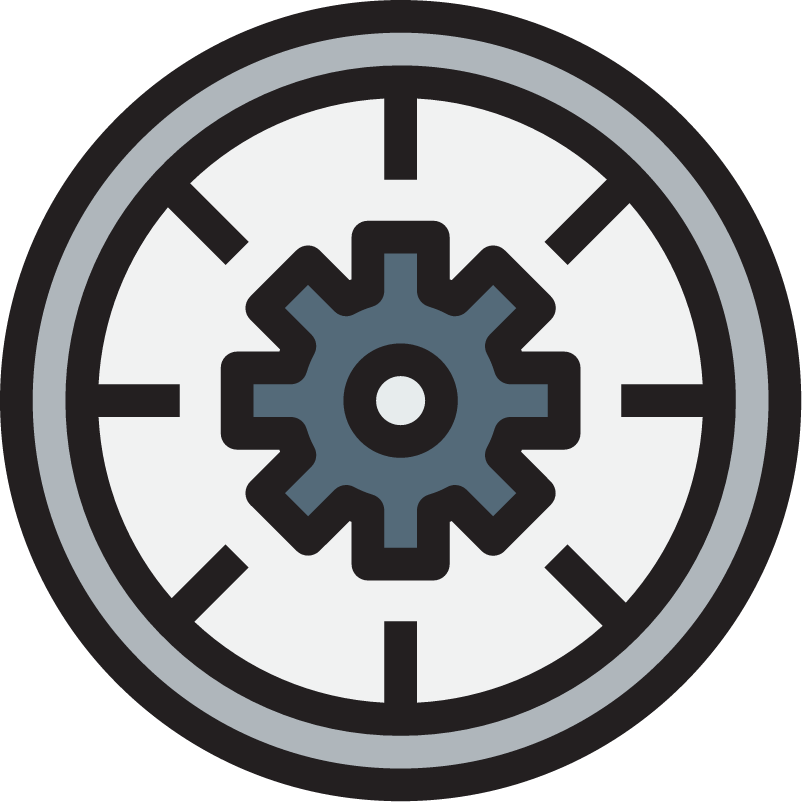OTIF has always been my delivery measure of choice. It can be tough to achieve a high level of on time delivery using this metric, but well worth the effort.
If you haven’t come across the term OTIF before it stands for On Time In Full. This means that if you deliver 999 of 1000 items on time you get a score of 0%. It’s a harsh score but that’s sometimes what we need. By comparison, if you use the DSA (Delivery Schedule Adherence) approach you would have achieved an on time delivery score of 99.9% with the same performance. That’s a big difference in results and the preference in measure will likely depend upon what market you serve.
OTIF performance – is it worth it?
For many businesses that I have worked with they have not only had an easier life after achieving a consistently high OTIF score but they have increased their sales volume and profit margins. Customers want to buy from a business that is in control of their delivery performance (assuming that quality, safety and environmental aspects are all under control of course!).
One business that I worked with saw their market share increase by 20% just by improving their OTIF levels from 40% to 70%. Even without completing their journey to the 98%+ destination they saw the benefits. My last production management role saw the business improve from around 22% OTIF to 98%+. They increased their gross margin to over 65% and tripled the turnover with no increase in staffing levels.
So there are some clear benefits to having a strong OTIF performance but what is the real benefit to you?
Be tougher on yourself than your customer would be
This approach is difficult when compared to other metrics. This route forces you to improve and innovate your business processes and practices. If you want your business to improve then you need to hold yourself up to the highest standards. OTIF is one of them, so why not use it?
Being tougher on yourself than your customers is a great strategy to improve. If you consider this statement against the time management principle of ‘urgency versus importance’ you’ll recognise it to be true. Expediting a late order to a customer is urgent. Working on your business processes to improve OTIF performance is important. If you work on these important activities then you should reduce the number of crises that you face in the future.
Kidding yourself about having a high level of DSA whilst having customers continually complaining about deliveries being missed isn’t the right strategy for everyone. Using both metrics gives you a better idea of where you are because you can:
- Have high OTIF and high DSA (what you want to aim for!)
- Have low OTIF and high DSA (kidding yourself)
- Have low OTIF and low DSA (ouch!)
Using both metrics allows you to gauge where you are. One without the other is a limited view although I would always plump for OTIF if I could only pick one.
Get real and name the ‘improvement beast’
Get real about your shortcomings regarding your delivery performance.
If you have poor discipline within your business – name them.
If you have poor tools to help you manage your workload – name them.
If the communication between functions is poor – name them.
If you aren’t happy with something that contributes to your OTIF performance – name them.
Only by getting realistic about your shortcomings can you come up with an improvement plan. From there you can focus on the important items and watch as progress improves.
Create some OTIF related objectives
Create some short term and longer term objectives for your business around the activities that will improve your OTIF performance. Measure OTIF (and DSA) and watch the needle rise as you make the right changes.
I hope that you now see why using the OTIF metric is so important to a business. I use it as part of the ‘What Does Good Look Like?‘ discussion I have with my clients. When they define what a good business operation looks like they often describe their ability to deliver on time using similar points to these ones:
- 98%+ OTIF.
- Clear harmonious communication between all functions.
- No delays in the decision making process.
- Clear processes that everyone follows.
- No blood, sweat and tears to achieve high OTIF levels.
- High levels of resource utilisation, quality and safety.
What will you describe as an ideal situation for your business?
Enjoy using OTIF as an improvement focus for your business,
Giles
0,The OTIF Improvement System